During the War of 1812, on top of Rockaway peninsula’s land, there stood a blockhouse. Part of the second system of defense, the blockhouse represented a small fortification which gave the defenders the advantage of being able to fire in all four directions through small openings in the walls. But it took well over a century for this blockhouse to be removed and the real fort is built in its place instead.

A big chunk of land that already belonged to the Coast Guard Station was purchased for this reason. And so on August 1st, 1917, the construction of Fort Tilden was officially underway. The name given to this fort is in honor of Samuel J. Tilden, the former Governor of New York.
This fort was built as an additional defense mechanism for the needs of the United States during World War I as part of the Taft System – also known as Taft Era (named after President William Taft) in which many forts were modernized with searchlights, telephone communications, fire control stations, and so on. The first unit to be deployed to this fort was the United States Army Coast Artillery Corps.
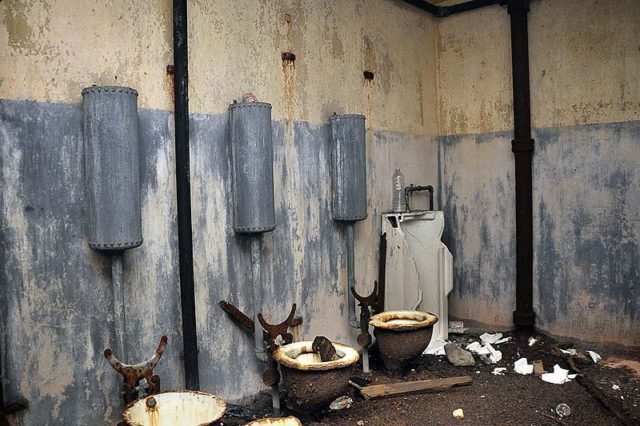
In its early days, the fort was equipped with 12-inch mortars – four of them – but was pretty soon further strengthened with an additional two M1900 guns. These weapons, however, weren’t new, but instead were brought in from different forts; one M1900 was brought in from Fort Hamilton and the other from Fort Slocum.

At first, the mortars were placed in a fixed location, but it was later decided that when fired these weapons could cause damage to the Air Station Rockaway that was adjoined to Fort Tilden. In order to avoid any damage to their own installation, the mortars were remounted to a railway track in 1919, which made them mobile and adjustable.
Alongside these two types of weapons, the fort was further equipped with two 3-inch Gun M1918 for antiaircraft defense. With such a setup, the fort became part of the coast defenses of New York City together with Fort Wadsworth and Fort Hamilton known as the Harbor Defenses of New York.
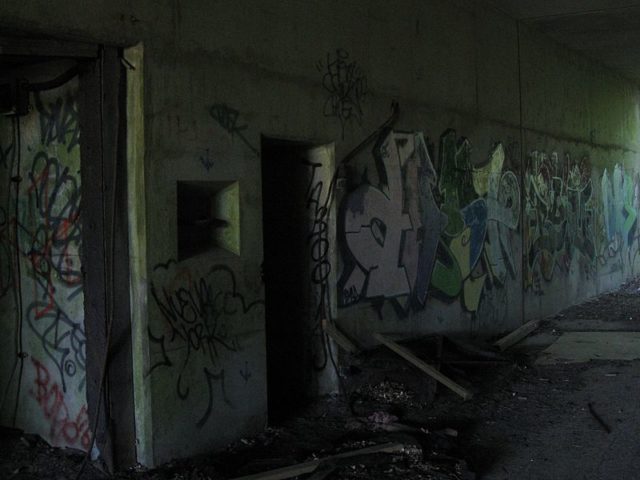
When the First World War was over, the fort received the most powerful weapon of the day, a 16″/50 caliber M1919 gun, a monster weapon with a firing range of 12 km.
But pretty soon, the inter-war period was over and the world was once more faced with the looming threat of another war. During this period, a number of batteries were constructed as part of or around Fort Tilden to defend against Motor Torpedo Boats.
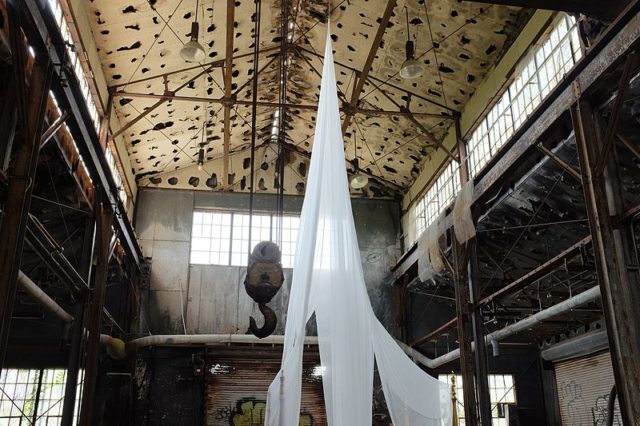
With time, the world was once more at peace and Fort Tilden was disarmed and all of the weapons were scrapped for metal. But five years after WWII was over, the United States was again part of a war, this time against the Soviets in what was known as the Cold War.
During the 1950s, the threat of a Soviet attack upon American soil grew stronger. For this very reason, Fort Tilden was reactivated and served as a post for the United States Army Reserve. This fort was also equipped with Nike Ajax Missiles that had a firing range of 48 km.
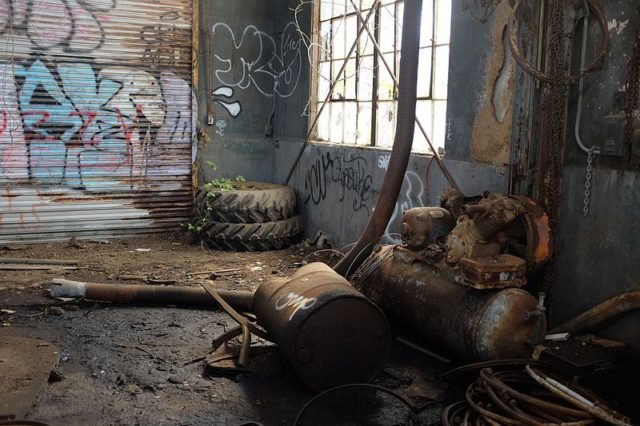
After this war era came and went, Fort Tilden was decommissioned. This happened towards the end of the 70s when this fort was given to the National Park Services which made this fort part of a bigger recreational area. Later on April 20th, 1984, this fort was added to the National Registry of Historic Places. Nowadays, this place is used for something rather peaceful.
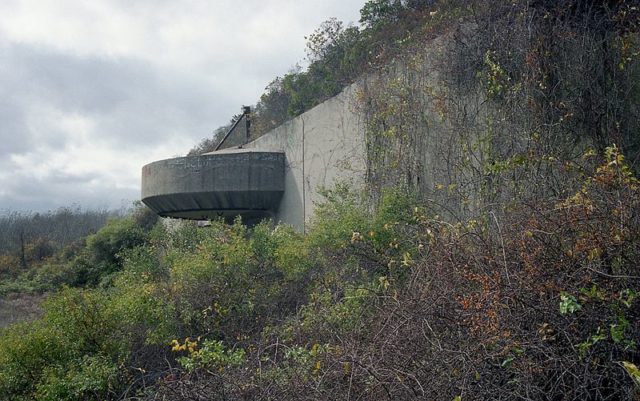
It serves as a nesting area for Piping Plover – an endangered sparrow-sized bird. According to a warning sign placed in this area, “…persons may be arrested and fined for killing, harassing, teasing, or in any way disturbing birds nesting in this area.” Tourists and visitors are welcomed as long as they follow the rules.
